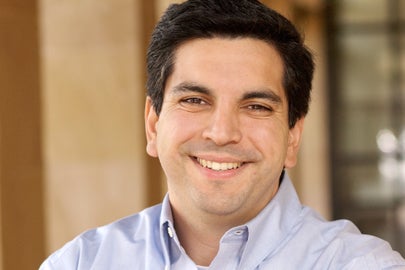Five answers to questions about alcohol at Stanford
Ralph Castro, associate dean of students and director of the Office of Alcohol Policy & Education, answers five questions about Stanford’s alcohol policies and culture around drinking.
Stanford updated its policies in regards to drinking on campus this fall in an effort to reduce the availability and accessibility of hard alcohol. How are the new policies working out?
It is still very early in the process. We will be studying the effects of the new policy for a few years to assess culture change. Nevertheless, in the interim, we have already seen some promising trends. In fall 2016, emergency room alcohol transports decreased by over 40 percent from previous years. Calls for help are still being made, but fewer students needed medical intervention for alcohol poisoning. Moreover, we observed decreases in self-reported, high-risk drinking behaviors such as pre-gaming and taking shots among first-year students in fall 2016 compared to previous years.
Is Stanford considering any further updates or changes to its policies?
No big changes are being planned, but we are studying the implementation and how we can better communicate with students about the policy and our shared values around reducing high-risk drinking.
What programs does Stanford offer to help prevent high-risk drinking among students?
Our programs begin with an online educational program all freshmen must take before arriving on campus. At the beginning of school, our staff visits all residences with first-year students to provide alcohol education with the objective of changing the campus culture so that high-risk drinking is not considered a rite of passage any more.
We offer Cardinal Nights, which are alcohol-free programs designed so that no student feels isolated by a decision not to drink. The program, which is about five years old, has been nationally recognized and is very successful. Most events are packed beyond capacity, and we hold as many as three events every weekend.
In addition, the Cheers OAPE app, developed at Stanford, helps individuals calculate their blood alcohol levels and receive educational feedback in real time.
We also employ comprehensive party planning guidelines and offer safe rides and bystander intervention services via our 5-SURE programs.
Are there consequences for violating alcohol laws and policies?
Yes. Incidents of failing to comply with alcohol policies are referred to residence deans and to the Office of Alcohol Policy and Education for action. Continued or concerning behavior can result in removal from university housing.
In addition, excessive drinking can—and does—result in arrest. Students quickly learn that they are not immune from prosecution and are commonly cited for being a minor in possession of alcohol, being intoxicated in public or driving under the influence, which involves being arrested and transported to jail.
One of the worst consequences is being transported to the hospital. That’s just awful for everyone, including the parents who get the call that their son or daughter has been taken to the emergency room.
What advice do you have for parents?
Each summer, we write to new parents to encourage them to have a frank discussion about drinking. And then it’s one of the first subjects parents hear about when they arrive.
Studies show that students who talk with their parents about drinking have fewer alcohol-related issues. In other words, parents have more influence than they might suspect. My recommendation is to continue those conversations throughout your son or daughter’s college career.
That’s because, when we ask students who don’t drink why that is so, they often will say it’s because their parents don’t want them to.

